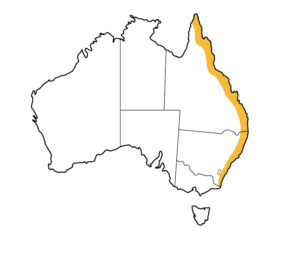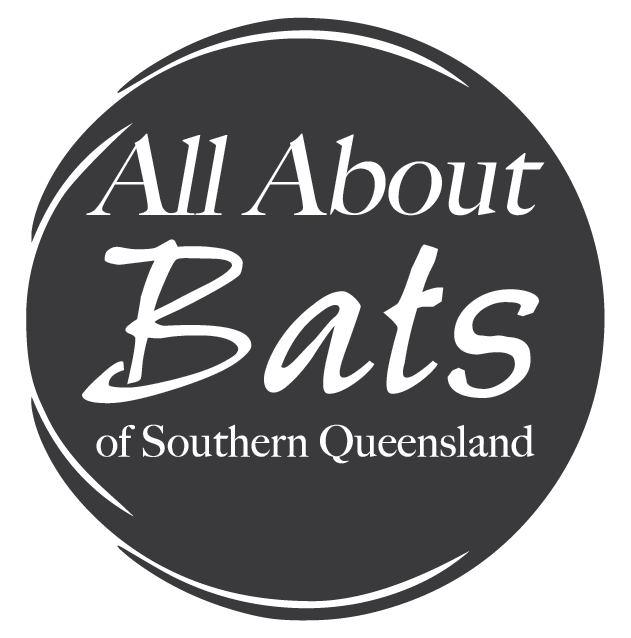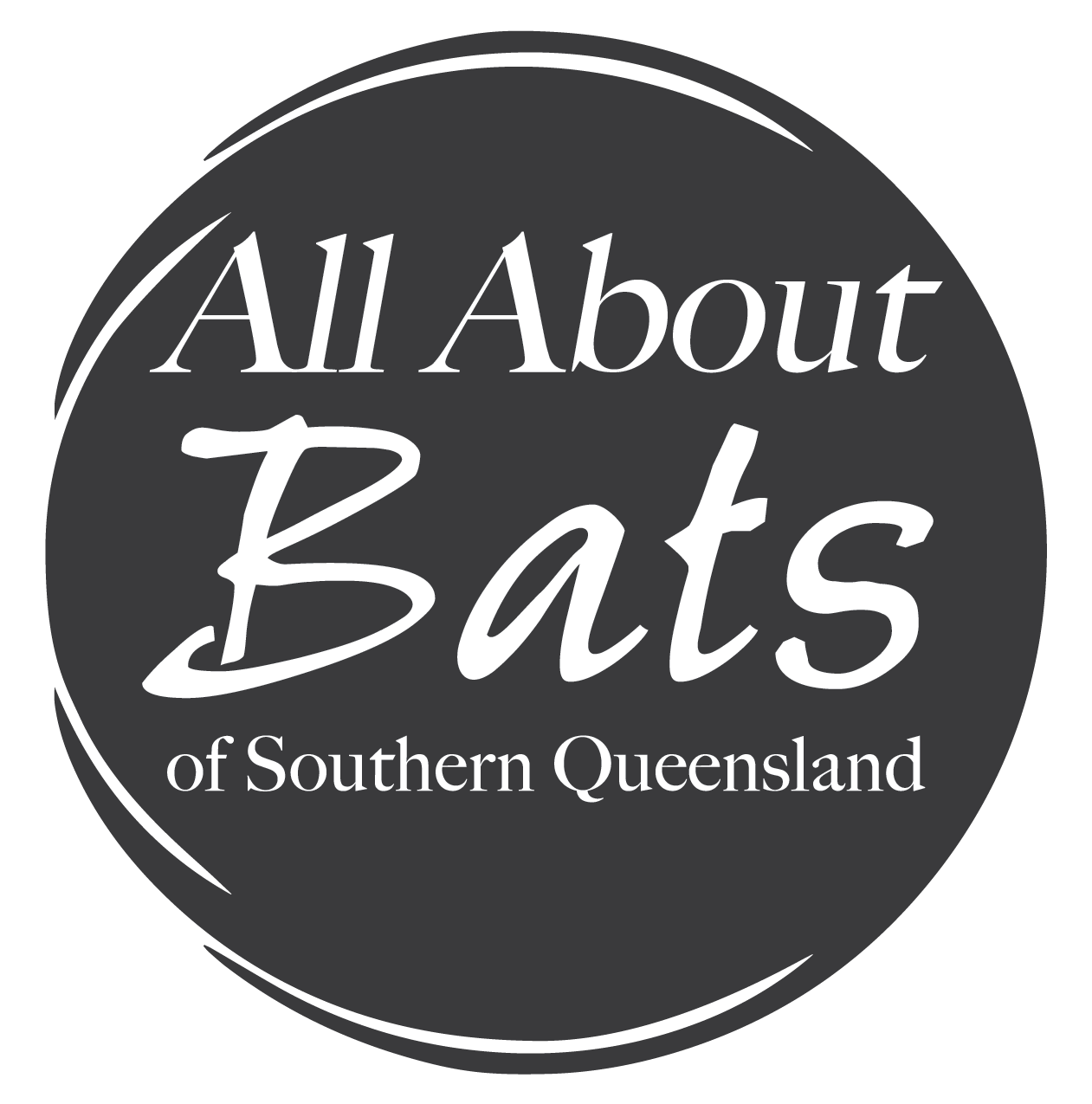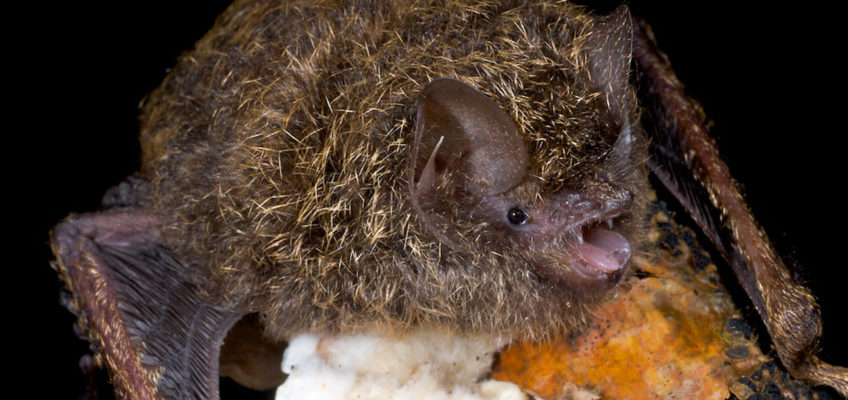Phoniscus papuensis
This bat has woolly, dark brown fur with characteristic golden tips. The golden-tipped fur also sparsely covers the ears, forearms, thumbs and major wing bones. Their broad wings and large tail membrane allow them to hover and manoeuvre precisely. This is an essential trait for being a spider catching specialist (particularly orb-weaver spiders) without getting entangled in the web.
 Habitat
Habitat
These bats like to roost in abandoned nests of Yellow-throated scrubwrens and Brown gerygones as well as tree hollows. Tree hollows are usually reserved for maternity sites where up to 20 females will congregate. These are usually associated with rainforest, tall open forest, dry and wet sclerophyll forest and coastal Melaleuca forest. Individuals have been recorded inside houses. These bats travel up to 2 km from their day roost while feeding at night.
Breeding
A single young is born between November to January.
Predators and Threats
Tree snakes, hawks and owls. Loss of habitat.
Photo: Les Hall
Sources:
Churchill, S. (2008) Australian Bats (2nd Edition). Allen and Unwin, Sydney.
Hall, L. (2009) Bats, A Wild Australia Guide. Steve Parish Publishing, Queensland.
Atlas of Living Australia


